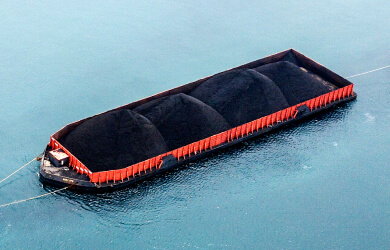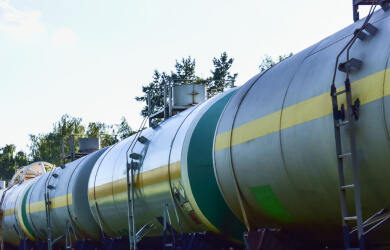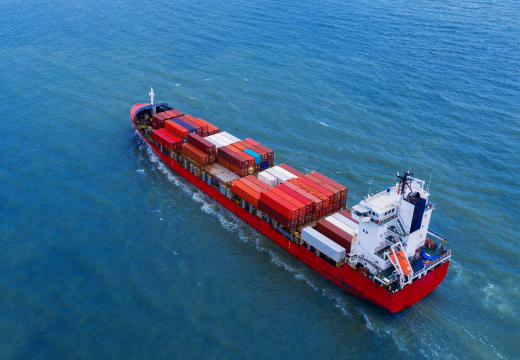Intro
Flexitank is a flexible bag/bladder that can fit in a 20-foot ISO container and used for the transportation of non-hazardous bulk liquids. The volume capacities can range from 12,000 up to 27,000 liters. Container flexitanks can be used for railway, truck and sea shipments. The temperature of liquid should be between -20°C up to 80°C. It’s more cost-efficient than ISO tank containers when it comes to liquid products shipment and storage. They are also 100% recyclable which makes flexitanks environmentally friendly.
What they are made of
Flexitanks are single-use and disposable which is beneficial when it comes to cleaning costs and the elimination of contamination risk. They are made of durable polyethylene and can be single-layered or multi-layered
How to load
It’s important that the container is not more than 5 years old and has no damages. It must be dry, clean, and free from sharp edges. The inner side of container walls should be covered with protection layers. The flexibag should be checked for any visual damage. Flexibag should be installed in a container by a professional and according to the instructions of the manufacturer. There are flexibags with top and bottom loading. After the installation of the flexibag you can start the filling process.
Usage
Flexitanks are mainly used to transport food grade, beverage products and all non-hazardous liquids in general. They can also serve as storage. Flexitanks are also commonly used in base oil, lubricants, and biofuel transportation. Flexitanks are transported by road, rail, or sea.
Market size
According to Global Flexitanks Market Size Report, 2020-2028 by Grand View Research, in 2020 the global flexitanks market was valued at USD 717.4 million; in 2021 it is estimated to reach USD 850.6 million and expected to expand at a growth rate (CAGR) of 21.0% from 2020 to 2028.
In 2020 the demand for flexitanks was slightly reduced because of the COVID-19, since many countries limited their imports from China. Another factor that may threaten the market growth in the future is the sustainability trend increase.
The foodstuffs application segment has the biggest share in the market which is 35.7% of the global revenue in 2020. The oil segment is growing as well due to the steady increase of the global manufacturing sector.
Risks
Despite all their advantages, flexitanks have a few drawbacks. They may leak and break which can cause a total loss for the shipper. It’s important to consider while choosing the means of transportation for your product.
Flexitanks vs. ISO tank containers – depends on the products type & the origin/destination. Both are used to transport bulk liquids.
Advantages of using Flexitanks
Compared to transporting the same volume of liquid in barrels: Tank containers hold 60% more product, taking up the same space. Transportation costs can be reduced by up to 40% compared to isotanks and tank-containers. Loading time is also 90% less in comparison with IBCs and drums.
Legion Oil & Gas LLC can offer base oils and biofuels in flexitanks. We work with trusted vendors and have many years of experience transporting these products. We always find the optimal logistical solution for our customers, which is cost-effective and safe.















